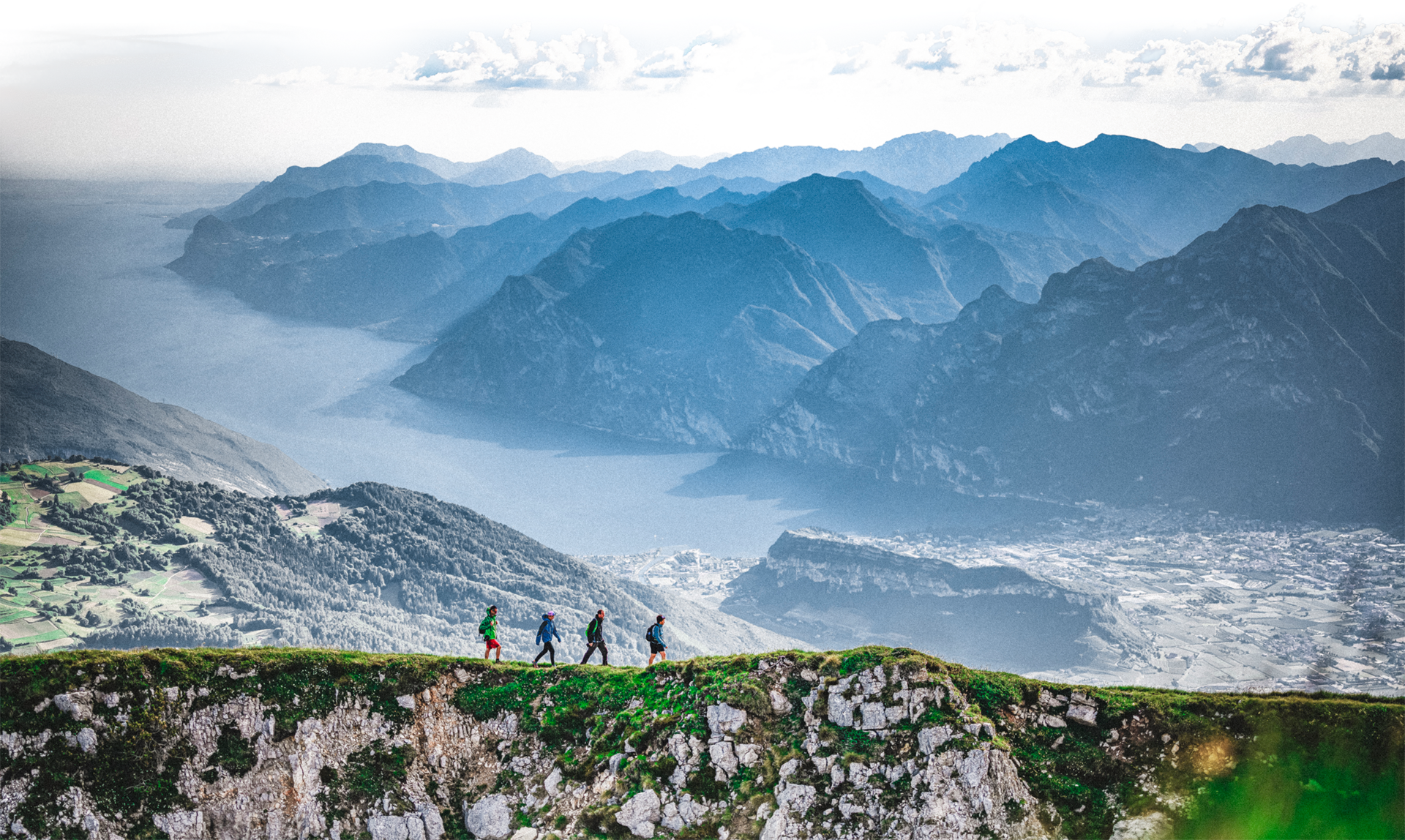
In Garda Trentino there are not only numerous fishing areas (there are in fact fifty!), there is also a wide variety of fishing techniques! The gushing torrents, crystal-clear waters of the Alpine lakes and bright colours of the wilds are all ideal for practising various fishing styles. Or, if you are looking for an unfamiliar experience, you can try out special types of angling, such as fishing for superb salmonids, pike, perch, carp or tench! Which will you choose?






